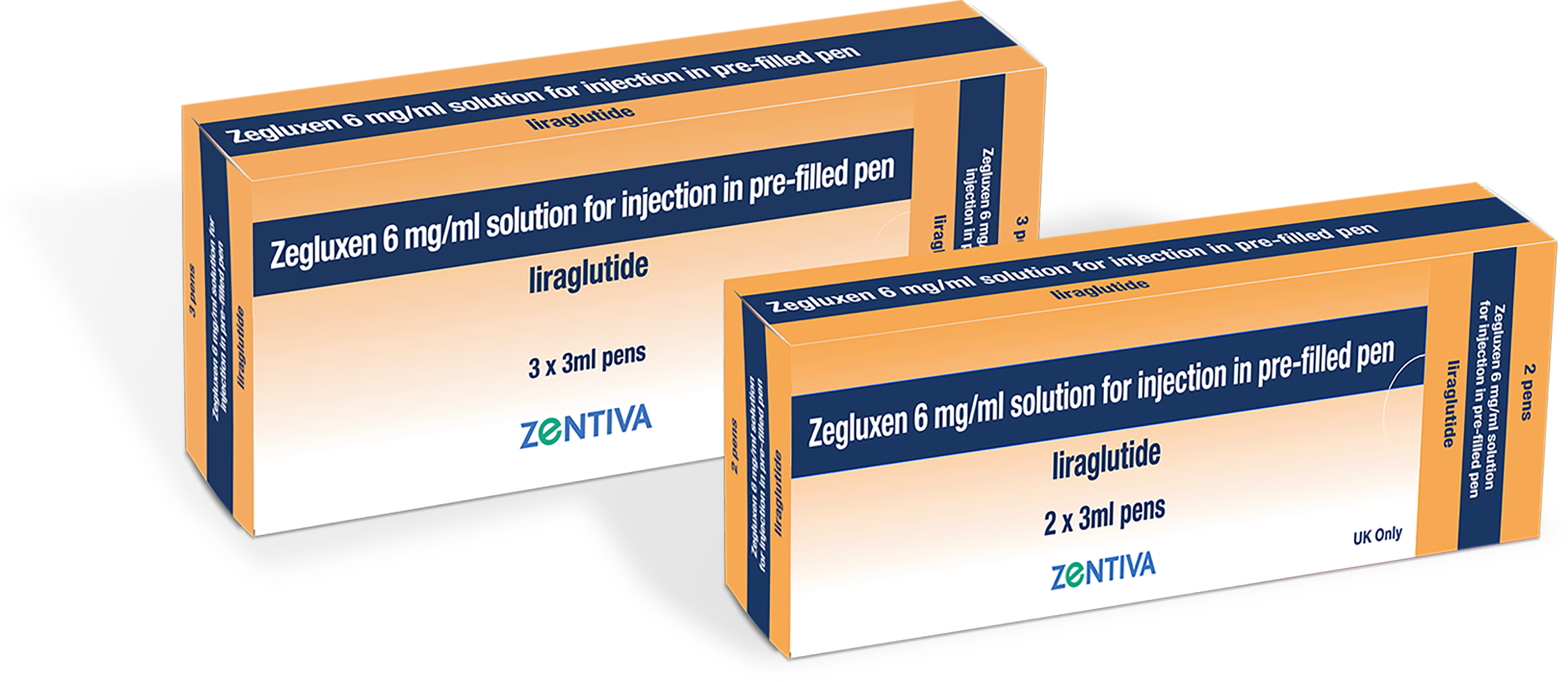Frequently asked questions about Zegluxen®

What should I ask my patient before prescribing Zegluxen® ? 
How should I guide my patient to use Zegluxen® ? 
What key points of using Zegluxen® should I ensure I mention to my patient? 
With respect to side effects, what should I mention? 
How should I reassure patients who ask why they haven’t been prescribed the original version of liraglutide? 
How can I be sure that Zegluxen® works the same as the original version of liraglutide? 

- Zegluxen® (liraglutide) Summary of Product Characteristics.
- Zegluxen® (liraglutide) Patient Information Leaflet. Available from https://www.ema.europe.eu/en/documents/product-information/zegluxen-epa: product-information_en.pdf.
- NHS website; Low blood sugar (hypoglycaemia), How to treat low blood sugar yourself. Available from Low blood sugar (hypoglycaemia) – NHS.
- Questions and Answers on Generic Medicines, EMA. November 2012. EMA/393905/2006 Rev. 2, Available from: Questions and answers on generic medicines. Accessed November 2024.
- Liraglutide bioequivalence. Data on File. Zentiva, August 2024.
000697567 | December 2024



